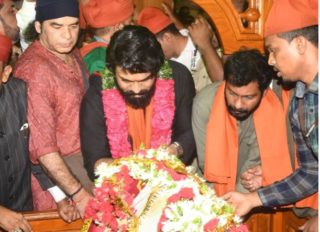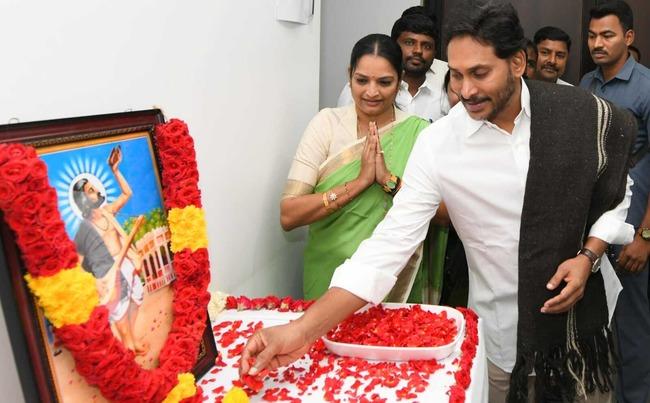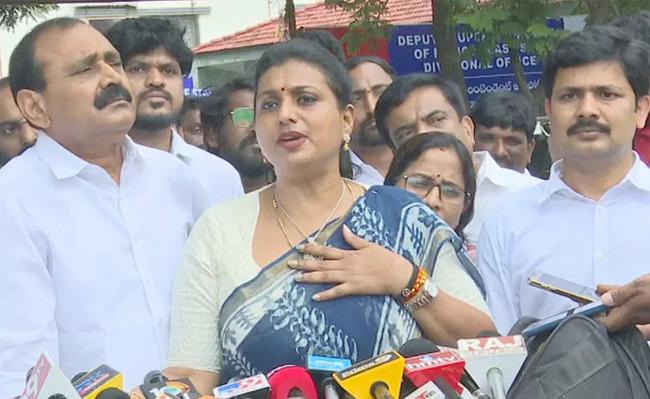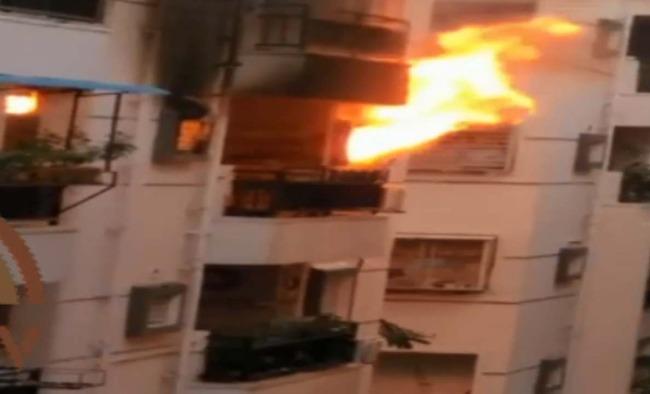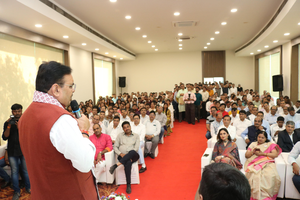 Hyderabad: If Telangana, with its welfare and development schemes, is emerging as a role model for other states in the country, the police force in India’s youngest state is seeking to compete with the best in the world.
Hyderabad: If Telangana, with its welfare and development schemes, is emerging as a role model for other states in the country, the police force in India’s youngest state is seeking to compete with the best in the world.
Already ahead of others in leveraging technology, the police force is setting new benchmarks with its initiatives for improved policing, better interface with people and service delivery. A world-class integrated command-and-control centre is coming up in Hyderabad at an estimated cost of Rs 350 crore. The ambitious project will comprise twin towers — one a 20-storey building and the other 15-storied.
When Telangana was carved out of Andhra Pradesh in 2014, there were apprehensions in some quarters that the problem of Maoist extremists, contained effectively over the last decade, would re-surface.
The heat generated during the Telangana movement had also raised questions about the safety of the Andhra people settled in and around Hyderabad. However, these fears proved unfounded.
Ever since taking over the reins of the state in 2014, Chief Minister K. Chandrashekhar Rao laid great emphasis on his vision of transforming Telangana Police into a modern organisation.
Purchase of new patrol vehicles for police stations was one of the first measures to modernise the force and improve the time taken to respond to emergency calls.
The measures yielded the desired results as the current average response time is 8.5 minutes. In Hyderabad, the response time is less than five minutes.
Police officers say Telangana has no competition in the country as far as emergency response is concerned. “No other state has a state-wide emergency response system,” says Director General of Police M. Mahendar Reddy.
All 800 police stations in Telangana have dedicated vehicles to respond to emergency calls. “Even in the UK, the response time in rural areas is about 15 minutes while in urban areas it is 5 to 10 minutes,” the police chief told IANS.
“Just reaching the scene is not enough. What they do once they reach there is also important. So we continue to work to improve the quality of what we do,” said Reddy.
A majority of the initiatives were launched in three police commissionerates covering the limits of Greater Hyderabad. As all tech giants, including multinationals, defence and research organisations and vital installations, are located in and around Hyderabad, the state focused on strengthening law and order machinery to further boost the investor confidence.
Hyderabad, considered a communally sensitive city, was once notorious for frequent riots. There had been no major law and order problems during last four-and-a-half years.
The police have already installed five lakh CCTV cameras in Greater Hyderabad as part of community policing to prevent and detect crime. It plans to add another five lakh in the next three years. Another five lakh CCTV cameras will be installed in the rest of the state.
The police chief believes that giving a sense of safety and security to people across the state is important if investment and urbanisation is to spread to rural areas.
“In Western countries, a lot of people stay in rural areas because they have infrastructure and industries there. Workforce will be willing to go to rural areas here if they are assured of security and if proper infrastructure is created,” the DGP said.
The technology applications implemented over the last couple of years include TSCOP, a mobile app to empower frontline police officers for smart policing on par with global standards; Hawk-Eye, a mobile app to empower the common man to become citizen police; E-Petty case, which help officers register cases immediately on the spot; and COP Connect, to support the professional communication and collaboration needs of the entire police department.
In 2018, Telangana Police became the first police force in the country to use Facial Recognition System (FRS), which can help cops prevent crime and net offenders or suspects.
The tool allows the police to identify potential offenders by comparing a suspect’s face with lakhs of digital photographs of people, including offenders wanted and those missing, stored in Crime and Criminal Tracking Network and System (CCTNS).
Inter-Operable Criminal Justice System (ICJS), now in pilot stage in Warangal district, connects police stations with courts, prisons, forensics laboratories and the Fingerprint Bureau, a pan-India fingerprint collection of criminals.
Recent Random Post:










